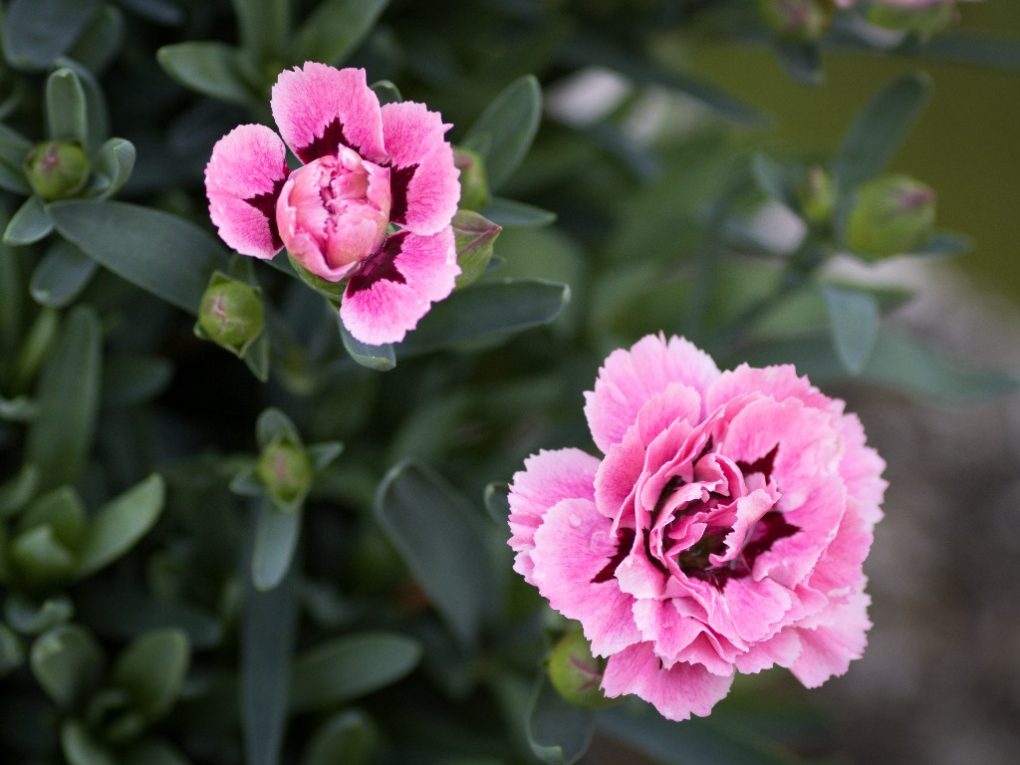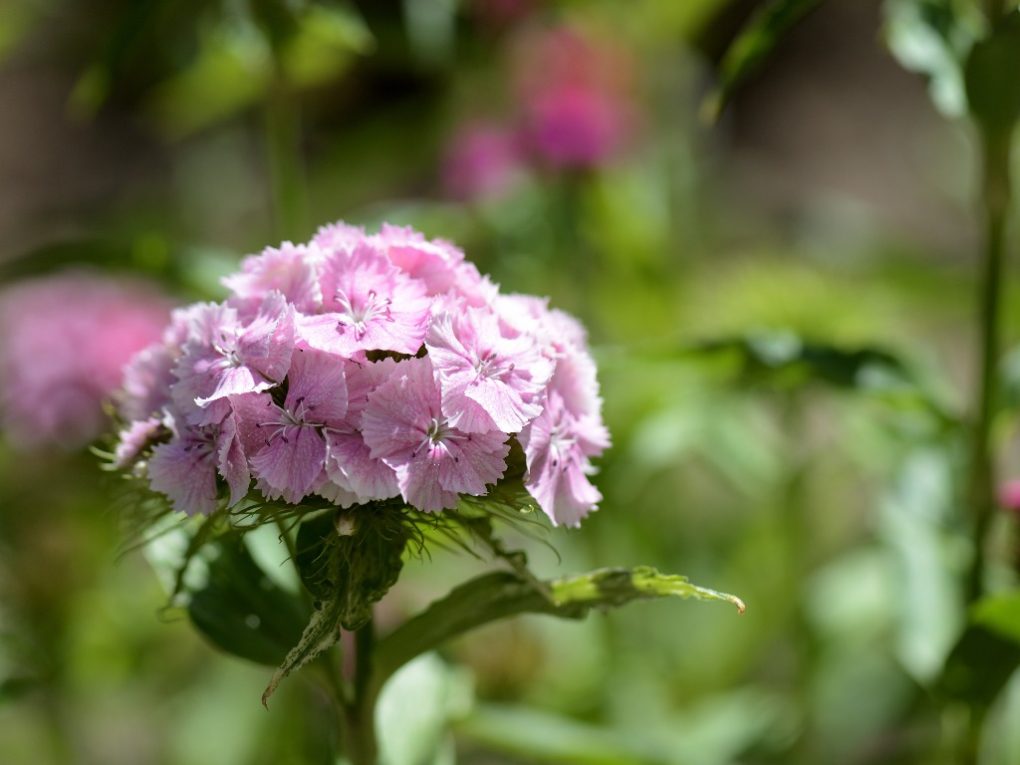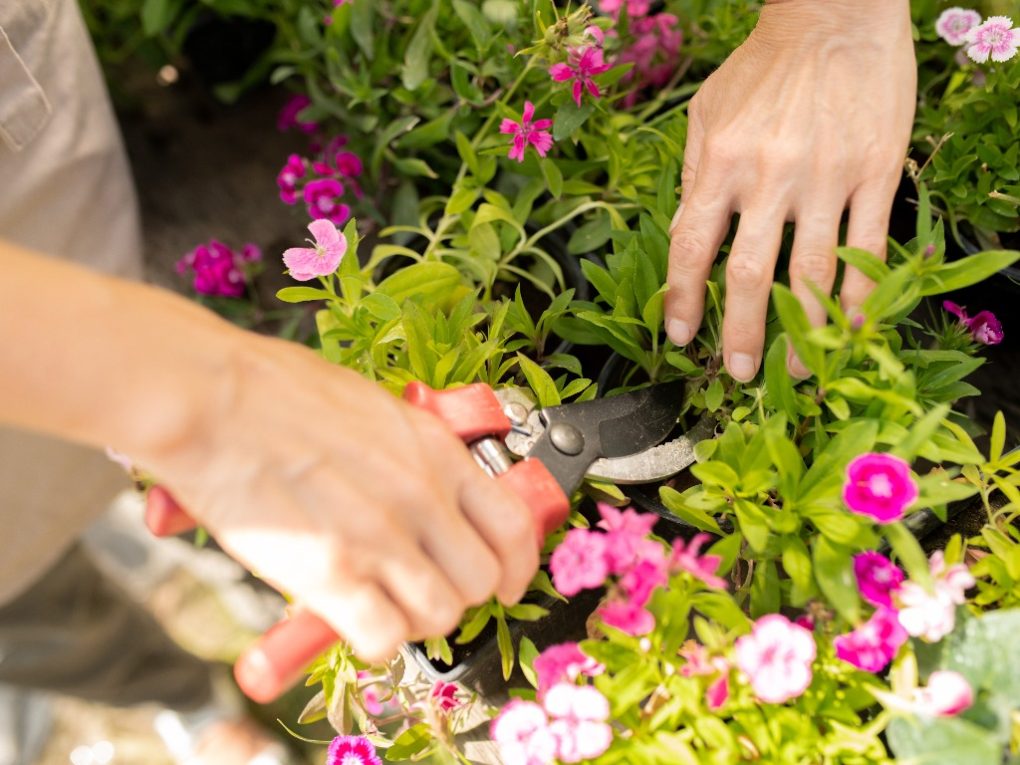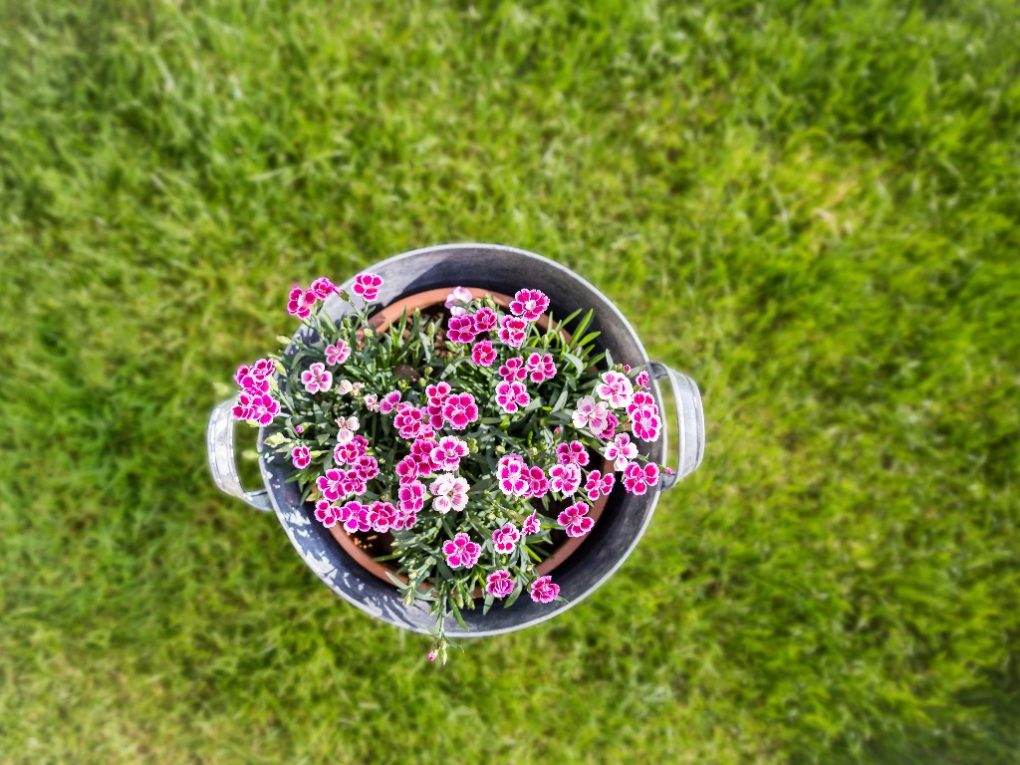Do Carnations Bloom in the First Year: What You Need to Know About Carnation
Yes, carnations can bloom in their first year, but it depends on a few factors, such as the growing conditions and the variety of carnations. Generally, carnations are biennial plants, meaning they complete their life cycle over two growing seasons. In the first year, carnations grow vegetatively, producing foliage and developing a strong root system.

Carnations can bloom in their first year of growth, but it is not guaranteed. Some varieties of carnations are more likely to bloom in their first year than others, so choosing the right type of carnation for your needs is important. Also, proper planting and care can help encourage early blooming and ensure the health of your carnation plants.
If you hope to enjoy the beautiful blooms of carnations in your garden as soon as possible, it is important to research and chooses the right variety of carnations for your needs. With proper care and attention, it is possible to encourage early blooming and enjoy these lovely flowers’ sweet fragrance and vibrant colors in their first year of growth.
Table of Contents
Factors Affecting Blooming Time
Temperature
Temperature can affect the blooming time of many plants, including carnations. Carnations are cool-weather plants that grow best between 50 and 70 degrees Fahrenheit. When temperatures rise above 70 degrees Fahrenheit, the plant’s growth can be slowed, and the blooming time can be delayed. In hot weather, the flowers may also be smaller and less vibrant.
On the other hand, too cold temperatures can also affect the blooming time of carnations. For example, when temperatures drop below freezing, the plant may not survive, and even temperatures below 50 degrees Fahrenheit can cause the plant to become dormant and stop blooming.
Light
Light is an important factor that can affect the blooming time of carnations, according to JSTOR. Carnations require at least 6 hours of direct sunlight daily to produce flowers. Sufficient light can delay blooming or result in poor-quality blooms. On the other hand, too much direct sunlight can cause the plant to dry out, negatively affecting the blooming time.

Carnations can tolerate partial shade, but too much shade can result in fewer flowers. If your carnations are not receiving enough direct sunlight, try moving them to a sunnier location or using supplemental lighting, such as grow lights.
It is important to note that the amount of light required for carnations can vary depending on the variety. For example, some varieties of carnations, such as the Chabaud and Malmaison types, require less direct sunlight than others.
Watering
Watering is another factor that can affect the blooming time of carnations. Carnations prefer moist soil, but overwatering or underwatering can negatively affect their growth and blooming. If the soil is too dry, the plant may need more moisture to produce blooms. On the other hand, if the soil is too wet, it can lead to root rot, which can also affect the blooming time.
Monitoring the soil moisture regularly is important to ensure that your carnations receive the right amount of water. Water the plant when the top inch of soil feels dry to the touch, and ensure the soil is well-drained to prevent waterlogging.
Soil Nutrients
Soil nutrients are also an important factor that can affect the blooming time of carnations. Carnations require soil-rich nutrients, particularly nitrogen, phosphorus, and potassium.
Nitrogen is essential for the growth and development of the plant, while phosphorus is important for the production of flowers. Potassium helps to regulate water and nutrient uptake in the plant and can also help to improve flower quality.
To ensure that your carnations are receiving the right amount of nutrients, it is important to fertilize the soil regularly. Use a balanced fertilizer that contains equal amounts of nitrogen, phosphorus, and potassium, and apply it according to the manufacturer’s instructions.
Pruning
Pruning is another factor that can affect the blooming time of carnations. Pruning removes dead or diseased branches and spent blooms to encourage healthy growth and blooming.

Carnations should be pruned regularly to remove any dead or damaged stems and blooms, which can help to redirect energy to the healthy parts of the plant. Deadheading, or removing spent blooms, can also help to encourage the production of new flowers.
Here’s a hack I’ve learned when pruning carnations, it is important to use sharp, clean pruning shears to prevent damage to the plant. Make the cuts at a 45-degree angle above a healthy bud or leaf node.
In addition to removing dead or damaged branches, you can also prune the plant to control its shape and size. Pinching back the tips of the stems can also help to promote bushier growth and more blooms.
Tips to Ensure First-Year Blooming
Planting Seeds
Planting carnation seeds directly in the garden is possible, but they may take some time to bloom. To ensure first-year blooming, start the seeds indoors about 8-10 weeks before the last frost date in your area. Use a good quality seed-starting mix and keep the soil moist but not waterlogged. Seeds should germinate in about 10-14 days.
Once the seedlings have their second set of leaves, transplant them into individual pots. Please keep them in a sunny location and water them regularly. When the weather warms up, and there is no more danger of frost, you can transplant them into the garden.
Planting Seedlings
You can purchase carnation seedlings from a garden center or nursery to skip the seed-starting process. When you bring them home, transplant them into larger pots and keep them in a sunny location. Water them regularly and fertilize them every 2-3 weeks with a balanced fertilizer.
When the weather warms up, and there is no more danger of frost, you can transplant them into the garden. Ensure to acclimate them to outdoor conditions gradually over 7-10 days.

Caring for Carnations
Proper care is essential for first-year blooming, whether you started your carnations from seeds or seedlings. Carnations prefer well-draining soil and full sun, but they can tolerate some shade in hot climates.
Water them regularly, but do not overwater them, as this can cause root rot. Fertilize them every 2-3 weeks with a balanced fertilizer, and pinch back the tips of the stems to encourage bushier growth and more blooms.
Deadhead blooms regularly to encourage more flowers. If you live in a cold climate, protect your carnations from frost by covering them with a frost blanket or mulching around the base of the plants.
